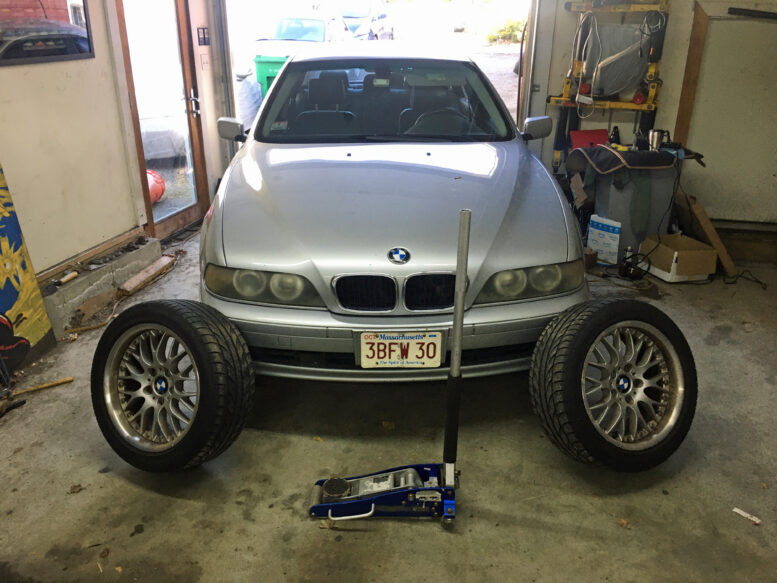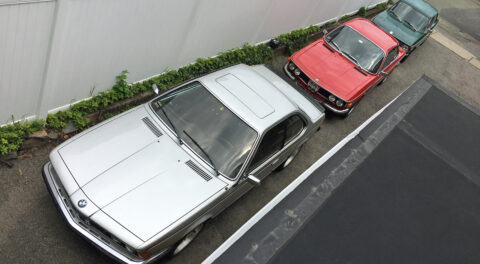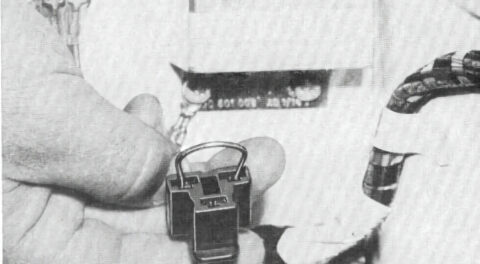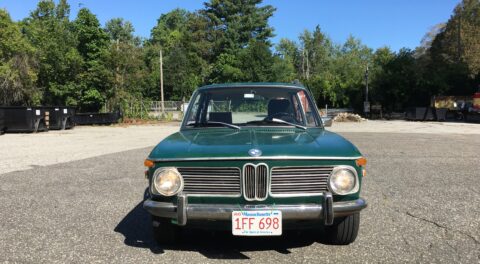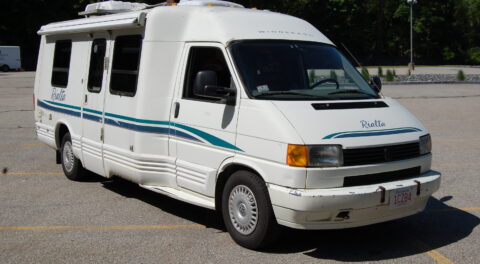First, to resolve my Who-Shot-JR-level cliffhanger last week (good lord my references are getting dated), that pesky misfire has not returned, so my desire to fix it before winter settles in appears to have been successful. And yes, I’m amazed as some of you are that I was unaware that there are magnetic spark plug sockets. Live and learn.
Speaking of winter, with the calendar rounding the corner to December and with me daily-driving the 2003 530i stick sport (I love rear-wheel drive BMWs, but without snow tires, they become immobile on even the most gentle grades), it was time for The Great Winter Wheel Swap. I go through this twice every year with both the E39 and Maire Anne’s 2013 Honda Fit Sport. But as I’ve complained about in this space, since I reinjured my back in August 2022, every mechanical interaction with a car has been fraught with a certain degree of hazard. I’d hoped that some basic time-tested common-sense rules like “Lift with your knees, not your back,” “Bend over by keeping your back straight and pivoting at your hips,” and “You’re 65 don’t be an idiot and lift transmissions anymore” would provide a path I could stay within, but it’s rarely that simple (well, the “no lifting transmissions” part is).
I’ve come to regard seasonal wheel swapping as the “Well, if I can’t do this, I can’t do anything” metric of this new it-ain’t-hardship-but-it-pisses-me-off reality. I didn’t seriously consider bringing the wheels somewhere to have them do it, as loading them into a car requires lifting them, which struck me as potentially more pain-producing than mounting them myself. Fortunately, dismounting and mounting wheels is such a prescribed activity that I wondered if maybe I could set up a low-risk and largely pain-free road map. To my relief, it largely worked.
A few weeks ago I joked that my next project was going to be The Hack Mechanic™: Routine Wrenching Without Wrenching Your Back. I guess the joke’s now on me.
(Seriously, I hope this helps someone else avoid pain.)
What activity actually hurts?
I’ve done this enough times to have figured out that what generates the ouchies for me is:
- Moving the wheels into and out of storage.
- Jacking up the car.
- Lifting the wheels into position.
- Torquing the lug nuts.
I’ll address each of these below
If it walks like a duck…
I keep the off-season wheels and tires under the back porch. To swap them, I need to roll them up a slight incline to get them to the street, then down another incline into the driveway and garage. It isn’t much of a grade, but moving a set of four wheels, back and forth, for two cars, takes sixteen trips, and the bending while rolling uphill eventually triggers pain. I’ve learned to duck-walk a bit like Groucho Marx (yo, Rob, references within the last 80 years, please!) so I’m not bent over while rolling them.
Don’t use the lift. Do it old-school on the garage floor.
This is counter-intuitive, but effective. I do have the mid-rise lift in my garage, but I’ve long been aware that, for simple wheel-swapping, it’s almost a wash whether I put the car on it or use a floor jack instead. There are a few issues. The simplest is that the mid-rise lift is a parking space in a tight garage and a frequently-packed driveway, so using it means moving whatever car is occupying it. But the larger issue is that it may take a few attempts to put a car on the ramps and over the mid-rise in a way that allows the lift’s arms and sliding pads to be properly positioned. It’s almost a non-issue with the older cars that are jacked up inboard on their subframes, but on a car like the E39 that gets lifted by the jack pads just behind the rocker panels, there’s about a two-inch margin of error for the car being centered and the lift’s sliding pads reaching the jack pads. The third issue is that for cars to be able to drive over the mid-rise lift without snagging the undercarriage, it was necessary to build a pair of wooden ramp-platforms. This means that even before lifting a car, it’s a few inches higher than it would be on the garage floor. That, plus the wooden ramps themselves, prevents me from putting my body in a wheel-positioning maneuver I’ll describe below. Lastly, due to the geometry of the garage, the car on the mid-rise is hemmed in on both sides. There’s more space to swap wheels if I instead use the open space in front of the lift, pulling the nose or tail of a car into the space at an angle, then flipping it around to do the other side.

Make no mistake—I love my mid-rise lift and use it constantly, but it’s cramped on the sides. Sometimes the garage floor is quicker and easier.

The E39 goes in tail first and at an angle, maximizing the access to the rear wheels on both sides.
Jack up each wheel separately at the pads, operating the jack with your foot
Since the Carter administration, I’ve swapped wheels by lifting the nose of the car with a floor jack under the front subframe, setting the car on stands, doing both front wheels, letting the car down, then jacking up the back. These days I find doing that problematic for two reasons. The first is that I need to crouch down in order to position the jack under the center of the subframe. The second is that, to access the subframe, I need to use my bigger heavier longer-reach jacks. Wrestling these jacks around the garage is tougher than it used to be. And once a jack is in position, I need to “put my back into” pumping the bigger heavier jack handle. In contrast, using my smaller aluminum el-cheapo Pittsburg “race jack” (the one I typically throw in the trunk and take on road trips) and positioning it at each of the four jack pads, solves both problems. The jack pads are plainly visible, so I don’t need to skooch under the car. And the jack has the characteristic that I can easily pump the handle/lever down with my foot, and hook my foot under it to bring it back up.

Small jack at the jack pad…
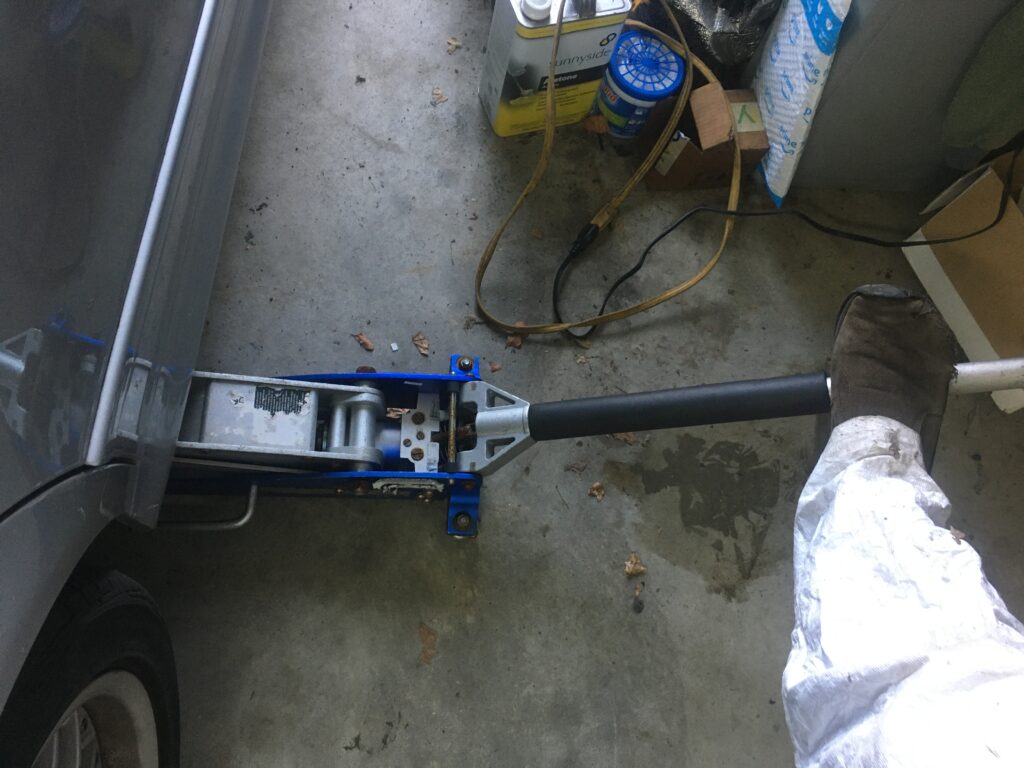
…pumped up with my foot.
Air tools for the win
The biggest back-wrenching part of wheel changing isn’t cracking the lug nuts. You can do this with near zero back-impact by standing on the end of a breaker bar, as long as you don’t bend funny while moving it from nut to nut. However, having an air-driven impact wrench (or an electric one) makes it so you can park your butt in front of each wheel and speed these puppies right off.
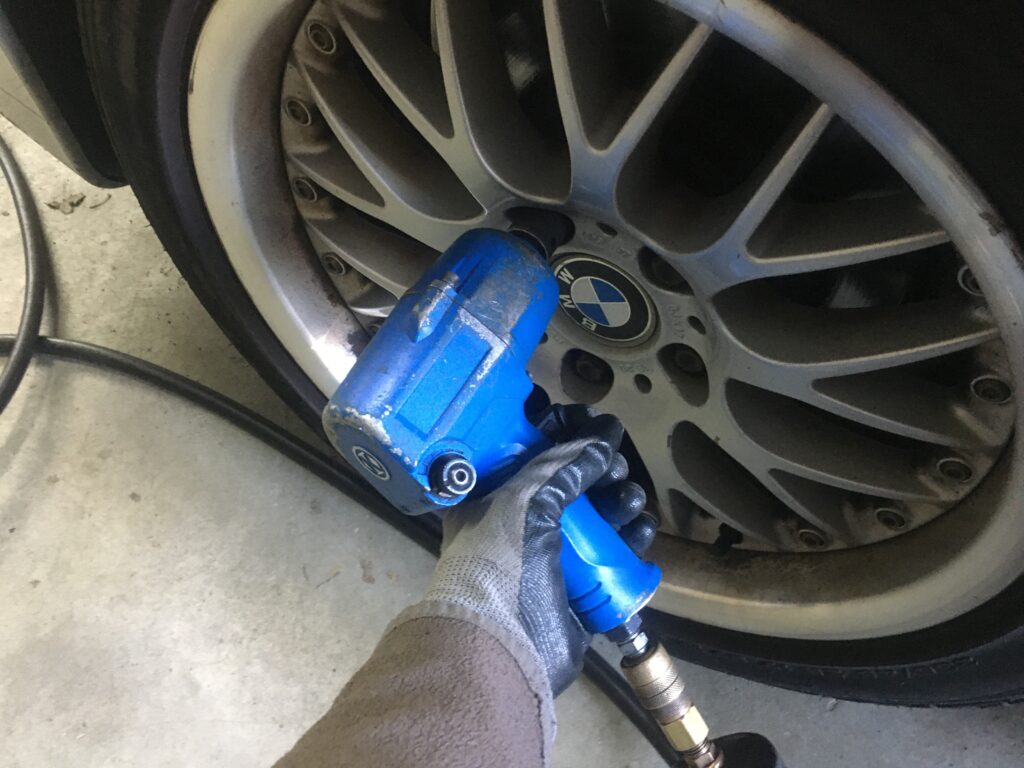
Air tools don’t solve every problem, but they do make removing lug nuts a small thing of joy.
Raise the wheel just enough to change it
Let me be careful here. For decades, I’ve advocated “double-jacking” a car (jacking it up, setting it on jack stands, and leaving the jack in place as a backup) whenever you need to crawl under it, and strongly advised that, when you’re changing wheels, your legs typically wind up going under the car, so you’re lying to yourself when you say “I’m not really under the car.” I’m not saying anything different here. However, in the maneuver I’m about to describe, don’t jack up the wheel any higher than you need to. This lets you essentially tip the wheel off the hub without needing to lift it off and support it with your back.
“Assume the position”
When installing a wheel, don’t lift it onto the hub. Instead, sit your butt on the floor with your legs sticking under the hub. Roll the wheel onto your lap and slide it onto your knees. Then raise your knees to get the wheel onto the hub. Line up the holes or studs, thread one lug nut on, then withdraw your legs and thread the others on.

Lifting the wheel into position with your knees (it’s hard to tell, but those ARE my knees inside the Tyvek).
Step on the torque wrench (use your weight, not your back)
This spring, I found that by the time I’d torqued twenty lug nuts to spec, my back was saying no mas. Now, I use the impact wrench on its lowest setting to snug the nuts down, then put the torque wrench on each nut and use my foot to tighten them until the wrench clicks. I still need to be careful to crouch rather than bend when I move the wrench from nut to nut, but it’s a lot easier on my back.
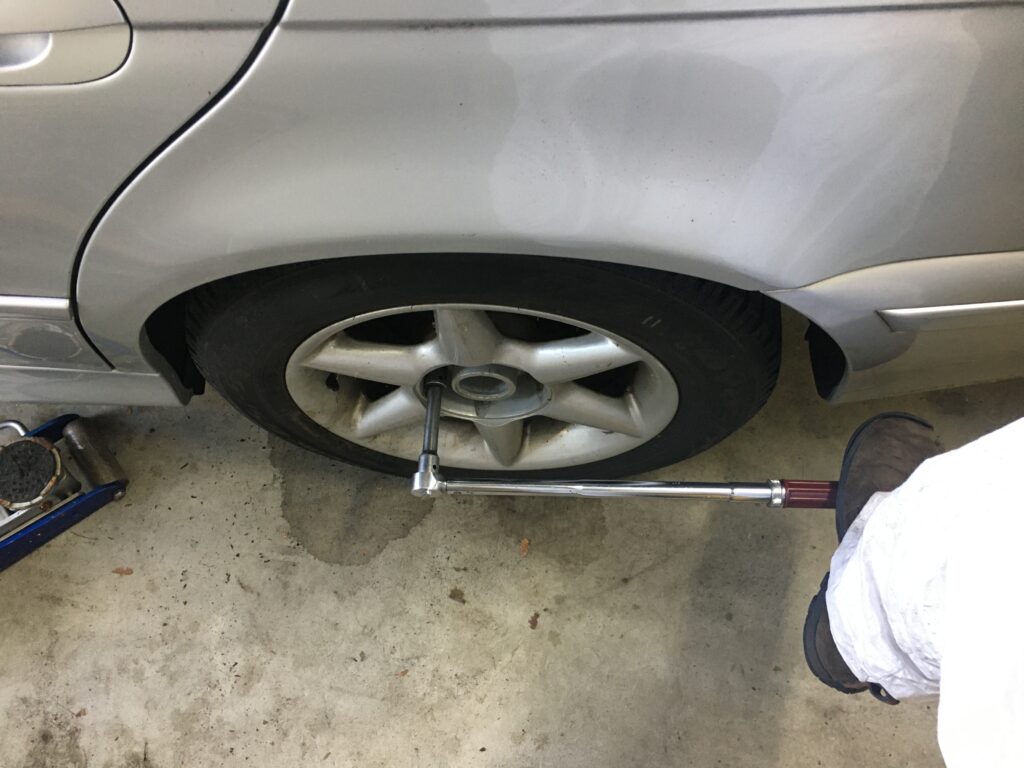
You can feel and hear the torque wrench’s “click” just as well if you’re tightening it with your foot instead of your hand.
So, there. I did it. I installed my mismatched set of winter wheels wearing a meaty set of recently-procured universally-recommended highly-sought-after “Observe GSi” snow tires (that’s a joke, son). And I did so without having to see a chiropractor, a physical therapist, a neurologist, a proctologist, Hank Williams’ personal physician (SIEGEL! REFERENCES!), or a cannabis dispensary (that’s better). It’s a Christmas miracle!

I know. I want to slap me for those wheels too.
—Rob Siegel
____________________________________
Rob’s newest book, The Best of The Hack Mechanic, is available here on Amazon, as are his seven other books. Signed copies can be ordered directly from Rob here.

